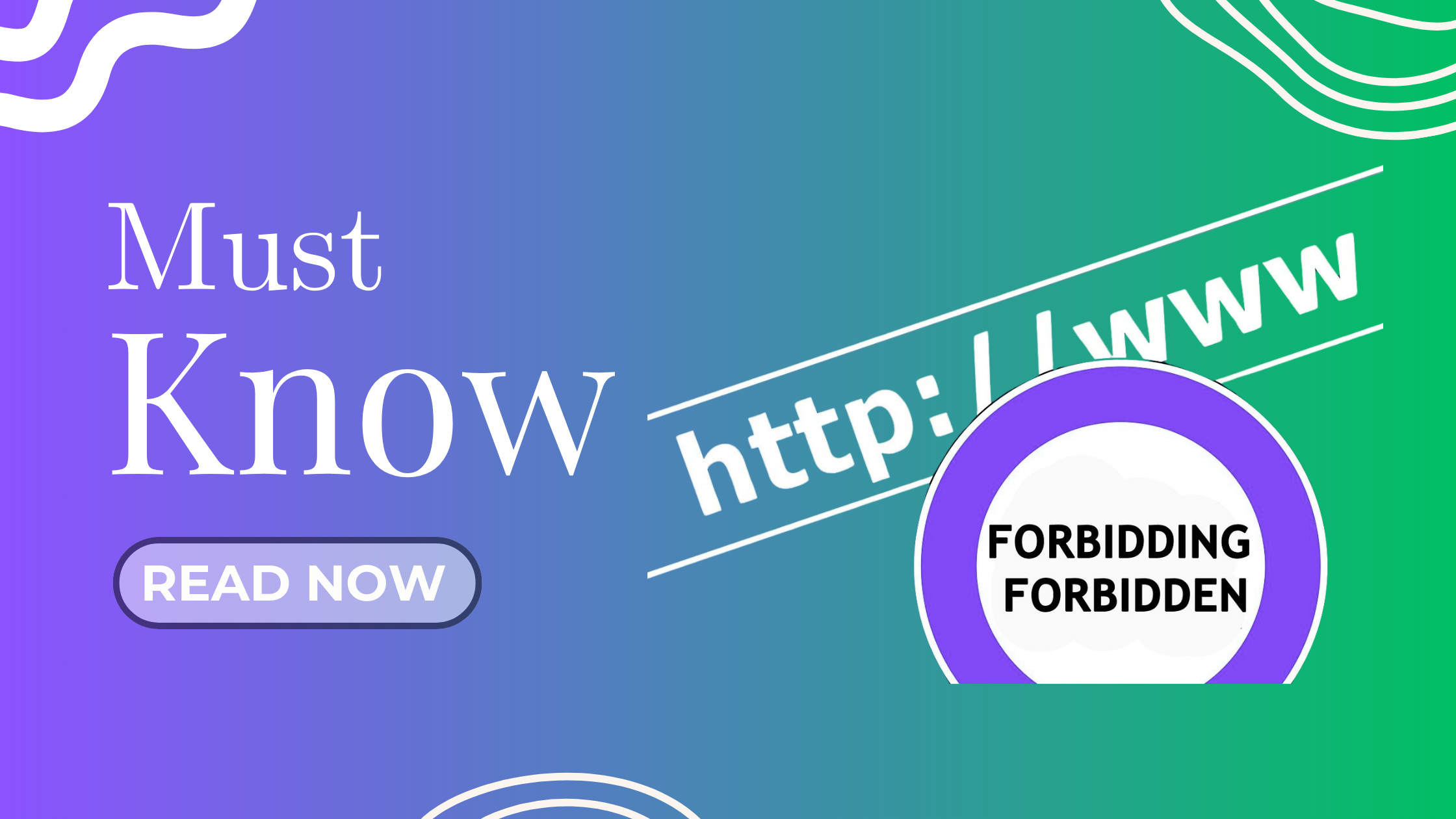After having your “Why”, you should start an Online Business or Blog. The next step is to find your “Niche”.
Step 1: Understanding the Importance of Niche Selection
What Is a Blog Niche?
A blog niche is a specific topic or area of interest that your blog focuses on. It defines your target audience and sets the direction for your content. Choosing the right niche is crucial as it influences your blog’s growth, audience engagement, and monetization opportunities.
Why Niche Matters
-
Audience Targeting: A well-defined niche helps attract a dedicated audience interested in your content.
-
Content Consistency: It allows you to create focused and consistent content that resonates with your readers.
-
Monetization Opportunities: Brands and advertisers prefer niche blogs for targeted marketing, leading to better monetization prospects.
Step 2: Aligning Your Passion with Market Demand
Identifying Your Interests
Start by listing topics you are passionate about. These could be hobbies, professional expertise, or areas you are eager to explore. Passion fuels consistency and creativity, essential for long-term blogging success.
Assessing Market Demand
Use tools like Google Trends, Ahrefs, or SEMrush to evaluate the popularity of your chosen topics. Look for:
-
Search Volume: Indicates how many people are searching for the topic.
-
Competition Level: Helps determine how saturated the niche is.
-
Audience Engagement: Check forums, social media, and existing blogs to gauge interest.
Step 3: Evaluating Profitability
Monetization Potential
Consider how you can monetize your blog within your chosen niche:
-
Affiliate Marketing: Promote products or services and earn commissions.
-
Sponsored Posts: Collaborate with brands for paid content.
-
Digital Products: Sell e-books, courses, or printables.
-
Services: Offer consulting, coaching, or freelance services.
Long-Term Viability
Choose a niche with sustainable demand and growth potential. Avoid overly trendy topics that may lose popularity over time.
Step 4: Refining Your Niche
Narrowing Down
Instead of broad topics like “fitness,” consider more specific niches such as:
-
Fitness for Busy Professionals
-
Home Workouts for Parents
-
Mindfulness for Athletes
This approach reduces competition and appeals to a targeted audience.
Unique Angle
Identify what makes your perspective unique. This could be your personal experience, a specific methodology, or a unique voice that sets you apart from others in the niche.
Step 5: Exploring Trending Niches in 2025
Based on current trends and market analysis, here are some profitable blog niches for 2025:
1. Health & Wellness
-
Sub-niches: Mental health, biohacking, personalized nutrition.
-
Monetization: Affiliate marketing for wellness products, selling digital health guides, offering coaching services.
2. Sustainable Living
-
Sub-niches: Zero-waste lifestyle, eco-friendly products, sustainable fashion.
-
Monetization: Partnerships with eco-brands, selling eco-friendly products, affiliate marketing.
3. Personal Finance & Investing
-
Sub-niches: Cryptocurrency, sustainable investing, financial planning for freelancers.
-
Monetization: Affiliate marketing for financial tools, selling financial courses, offering consulting services.
4. Technology & Gadgets
-
Sub-niches: AI tools, smart home devices, tech for remote work.
-
Monetization: Affiliate marketing for tech products, sponsored reviews, ad revenue.
5. Online Education & E-Learning
-
Sub-niches: Micro-learning platforms, personalized learning paths, gamification in education.
-
Monetization: Selling online courses, affiliate marketing for educational tools, offering tutoring services.
Step 6: Validating Your Niche
Before fully committing, validate your niche by:
-
Conducting Surveys: Ask potential readers about their interests and challenges.
-
Testing Content: Publish a few blog posts and gauge reader engagement.
-
Analyzing Competitors: Study successful blogs in your niche to identify gaps and opportunities.
Step 7: Planning Your Content Strategy
Develop a content plan that addresses the needs and interests of your target audience. Include:
-
Content Pillars: Core topics that align with your niche.
-
Content Types: Blog posts, videos, podcasts, infographics.
-
Publishing Schedule: Consistent posting to build audience trust.
Step 8: Building Your Brand Identity
Create a strong brand identity that resonates with your audience:
-
Blog Name: Reflects your niche and is easy to remember.
-
Logo & Design: Professional and appealing design that aligns with your brand.
-
Voice & Tone: Consistent and authentic communication style.
Step 9: Promoting Your Blog
Utilize various channels to promote your blog:
-
Social Media: Share content and engage with your audience.
-
Email Marketing: Build an email list to nurture relationships.
-
SEO: Optimize your content for search engines to increase visibility.
Step 10: Scaling Your Blog
As your blog grows, consider scaling by:
-
Outsourcing: Hire writers or virtual assistants to manage tasks.
-
Collaborations: Partner with other bloggers or brands for joint ventures.
-
Diversifying Income Streams: Explore additional monetization methods like memberships or merchandise.
Choosing the right blog niche in 2025 involves aligning your passion with market demand and profitability. By following this step-by-step guide, you can select a niche that not only excites you but also offers sustainable growth and income potential.
Remember, the key to success lies in consistency, authenticity, and a deep understanding of your audience’s needs. Happy blogging!
Note: The information provided is based on current trends and market analysis. It’s essential to conduct thorough research and stay updated with industry developments to ensure the continued relevance and success of your chosen niche.



